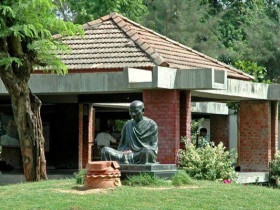Mumbai, commonly known as the ‘Maya Nagari’, is a city that is always going on and dynamic. The taxis here, known as ‘kali-peeli taxis’, are part of the soul of this city.
There are some unknown facts about these taxis, and there has been talk that they may disappear from the roads. So, here we are telling you about 8 unknown facts about Mumbai taxis:
- These traditional taxis have declined due to app-based rides and bike-based taxi services. This comes soon after the iconic double-decker buses operated by BEST were removed from the city roads.
- Kali-Pili is the most reliable and comfortable public transport system in India. When a modern car is driven, it gets dented even with a minor bump. Padmini was not like that.
- City transport history documents show that in 1956 Premier Auto entered into an agreement with Fiat to manufacture the Fiat and around 1970 the Premier Padmini became Mumbai Taxi. There is no clarity on when the black and yellow colors on the cabs were painted, but experts say that it started soon after independence.
- The yellow and black color scheme of these taxis was suggested by Balkrishna Gandhi, known as the “American Gandhi”. Gandhi, a freedom fighter who later became a Member of Parliament, recommended to the then Prime Minister, Jawaharlal Nehru, that the upper portion of the cabs be painted yellow to be clearly visible. This unique combination has since become a symbol of the city’s identity.
- The black-and-yellow taxis of Mumbai are famous in the world for their iconic design. Mumbai can be recognized just by seeing their design once.
- A unique fact is that the black and yellow taxis of Mumbai provide a kind of ‘red carpet welcome’ to welcome you. This is part of their uniqueness.
- Mumbai now has over 40,000 black-and-yellow taxis, although, in the late 90s, they numbered around 63,000, including the distinctive ‘blue and silver’ air-conditioned “cool cabs”.
- ‘Fiat-1100 Delight’, the first Padmini taxi, was introduced in 1964. It had a 1200cc engine and steering-mounted transmission.










